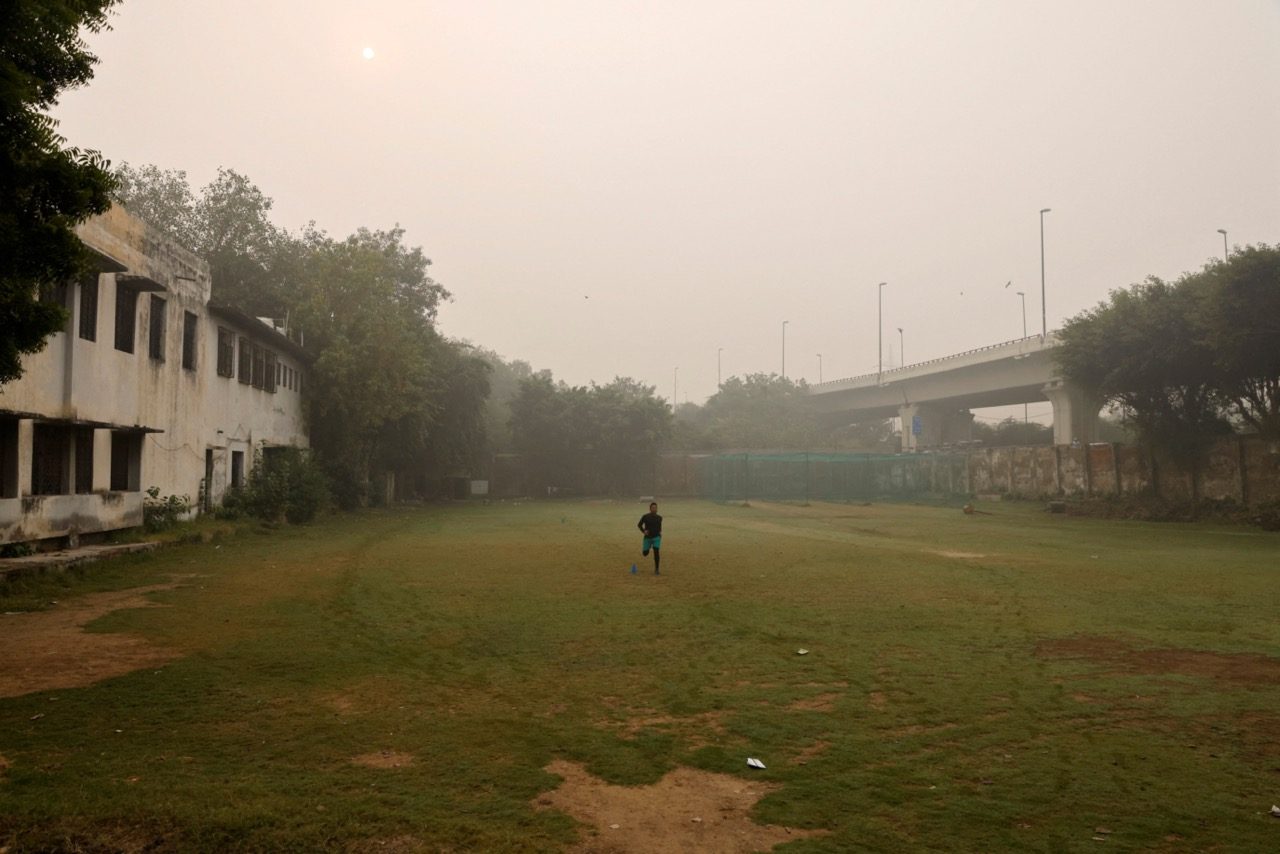SUMMARY
This is AI generated summarization, which may have errors. For context, always refer to the full article.

NEW DELHI, India – India’s capital New Delhi was wrapped in a thick layer of toxic haze on Friday, November 3, and some schools were ordered closed as the air quality index (AQI) plummeted to the “severe” category.
New Delhi again topped a real-time list of the world’s most polluted cities compiled by Swiss group IQAir, which put the Indian capital’s AQI at 640 in the “hazardous” category on Friday, followed by 335 in the Pakistani city of Lahore.
Regional officials said a seasonal combination of lower temperatures, a lack of wind and crop stubble burning in neighboring farm states had caused a spike in air pollutants. (READ: New Delhi vows, as it does each year, to clean its filthy air)
Many of New Delhi’s 20 million residents complained of irritation in the eyes and itchy throats with the air turning a dense grey as the AQI hovered around 480 in some monitoring stations.
An AQI of 0-50 is considered good while anything between 400-500 affects healthy people and is a danger to those with existing diseases.
“In my last 24 hours duty, I saw babies coughing, children coming with distress and rapid breathing,” Aheed Khan, a Delhi-based doctor, said on social media platform X.
There were fewer people in the city’s parks such as Lodhi Garden and India Gate, popular with joggers.
Residents snapped up air purifiers. One service center for the appliances said there was a shortage of new filters and fresh stocks were expected on Monday, November 6.
Officials said they saw no immediate improvement in the air quality.
“This pollution level is here to stay for the next two to three weeks, aggravated by incidents of stubble burning, slow wind speed and cooling temperatures,” said Ashwani Kumar, chairman of the Delhi Pollution Control Committee.
Farmers in the northern states of Punjab, Haryana and Uttar Pradesh typically burn crop waste after harvesting in October to clear their fields before sowing winter crops a few weeks later.
This year, attention on the worsening air quality has cast a shadow over the cricket World Cup hosted by India, with financial capital Mumbai also suffering from a spike in pollution levels.
Delhi hosts a World Cup match on Monday between Bangladesh and Sri Lanka.
A concentration of toxic PM2.5 particles, which are less than 2.5 microns in diameter and can cause deadly illness, was 53.4 times the World Health Organization’s annual air quality guideline value in New Delhi on Friday, according to IQAir.
While junior schools in the capital were ordered shut for Friday and Saturday, November 4, they were open in the suburbs and children boarding school buses were forced to wear masks that had been put away since the end of the COVID-19 pandemic.
Poor air quality also caused respiratory problems, irritation in the eyes and restlessness in pet animals.
“Breathing trouble can develop into pneumonia or other ailments in younger animals. If possible, avoid taking pets out on morning walks for a few days till the air improves,” said Prabhat Gangwar, a veterinarian at animal welfare NGO Friendicoes. – Rappler.com
Add a comment
How does this make you feel?




There are no comments yet. Add your comment to start the conversation.